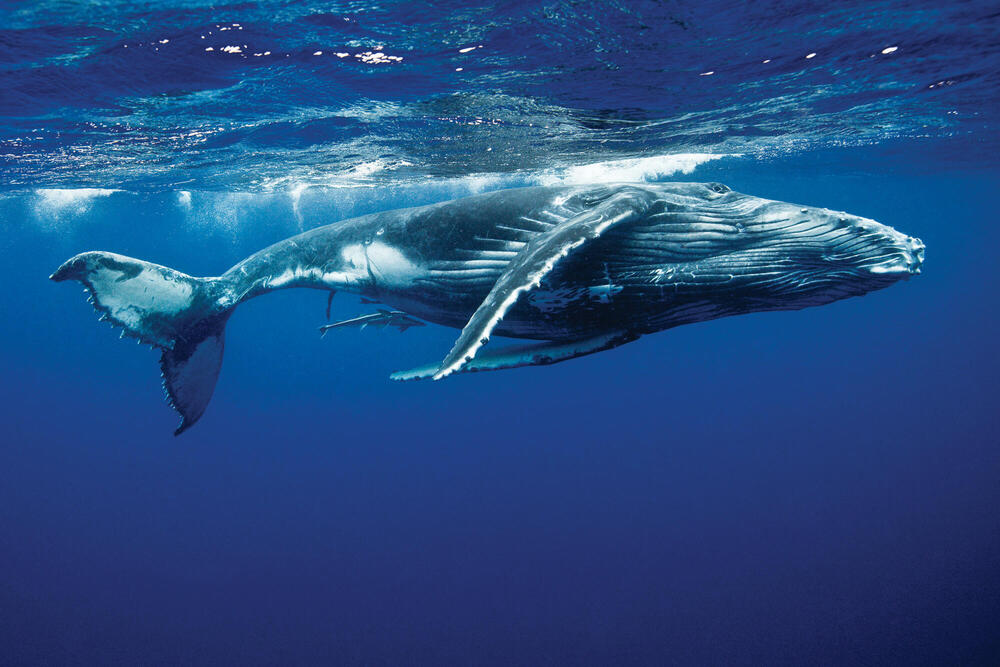What is marine megafauna?
All large-bodied organisms (body mass, 45 kg) that live in coastal and open oceans are referred to as marine megafauna. These include bony fish, elasmobranchs (sharks and rays), mammals (whales, seals, sea cows, and polar bears), reptiles (sea turtles), a species of sea bird (the emperor penguin), and a few species of mollusk.
The ecological roles performed by a species are determined by biological characteristics such body mass and size, types of prey or fodder, and range of mobility. Scientists can calculate the value of marine megafauna to ecosystems and evaluate the possible effects of their extinction by measuring the variety of these features.
Is it important for the aquatic ecosystems?
Megafaunas have an impact on ocean ecosystems by (i) consuming large amounts of biomass; (ii) excreting nutrients into and out of habitats; (iii) connecting ocean ecosystems; and (iv) physically altering habitats through feeding, locomotion, and mortality. Additionally, the marine megafauna has a variety of charismatic animals that are significant from a social, economic, and cultural standpoint.
Marine megafaunas are essential to maintaining the health of the oceans. For instance, because the majority are apex predators, they maintain the balance of ecosystems by managing populations of lower predators and herbivores. They frequently undertake lengthy migrations, connecting habitats that otherwise would not be related. Their waste is a crucial fertiliser for phytoplankton, small marine plants and bacteria that absorb vast amounts of carbon dioxide and serve as the foundation of marine food webs. As they migrate through ecosystems, they transmit nutrients from one place to another. Megafauna can act as carbon sinks by transferring a lot of organic matter to the deep ocean, where it can be buried, after they die. They generally provide us a decent indication of how healthy an ecosystem is, so their presence is encouraging.
Threats to marine megafauna:
Despite their enormous ecological and societal importance, human exploitation, habitat loss, pollution, and ocean warming are currently threatening marine megafauna, which has led to population decreases and local extinctions of numerous species over the past century alone.
According to the International Union for Conservation of Nature (IUCN), one-third of marine megafaunal species are currently considered to be in danger of going extinct due to factors like rarity, population size, geographic distribution, pace of population decline, and degree of population fragmentation. The industrialization of whaling and fishing, however, brought about functional extinctions in the last few centuries, including severe population decreases, local and commercial extinctions, as well as the extinction of a few species on a worldwide scale. Despite the fact that some populations have recovered as a result of harvest moratoria, overexploitation still poses a serious threat to marine megafauna (and many other smaller marine taxa).
Protecting threatened and endangered marine megafauna is essential, particularly sea turtles, rays, and sharks, as the cascading impacts might have disastrous repercussions on ecosystem health, food security, and biosecurity.
Farhana Islam
Agriculturist, Researcher

